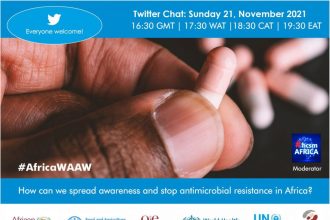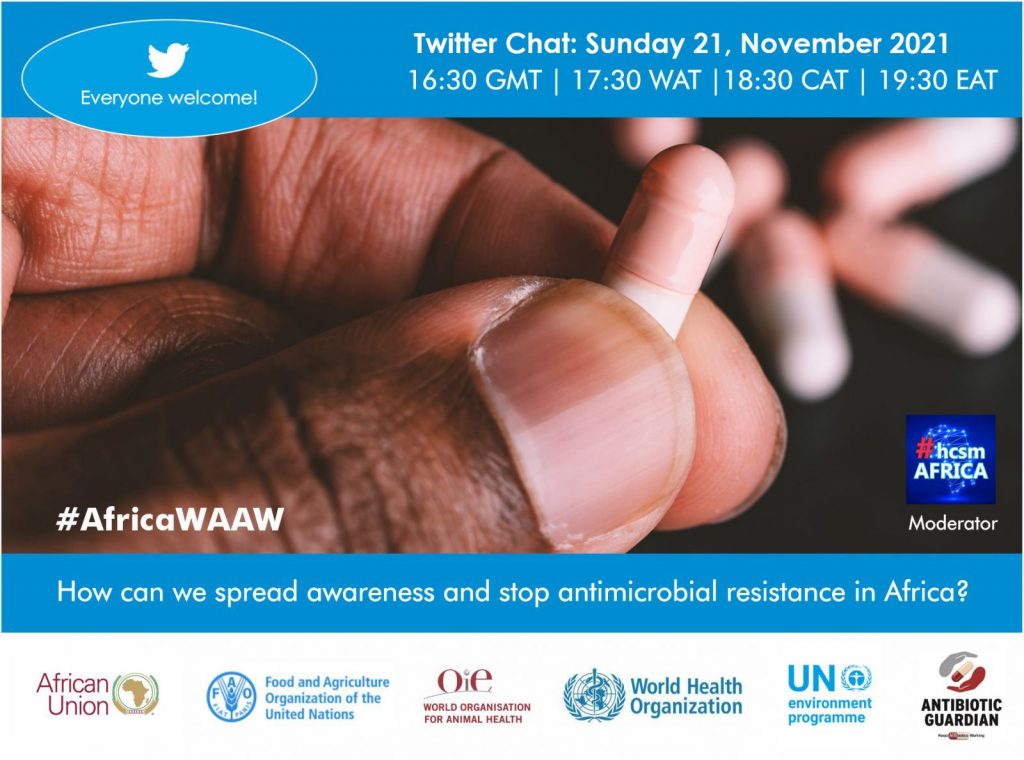By Shobha Shukla – CNS
1 in 5 bacterial infections in Africa show resistance to antibiotic treatment. The alarming statistics are contained in a new Global Antibiotic Resistance Surveillance report by the World Health Organisation (WHO) released today. According to the WHO, the world is heading towards widespread resistance to common antibiotics
Highest resistance rates were observed in Southeast Asia and the Eastern Mediterranean, where 33% of the bacterial infections were resistant. By contrast, resistance levels were lowest in Europe (1 in 10) and the Western Pacific (1 in 11). Worrisome is that countries with weak surveillance and low income levels consistently show higher resistance rates, highlighting a vicious cycle where limited capacity to monitor and respond to AMR fuels its spread.
“When we looked at the relationship between AMR and income and universal health coverage indicators in over 95 countries, we found that antibiotic resistance proportionately affects low middle income countries with weak health system. So, countries facing the greatest burden, often have the least capacity to assess their AMR situation. This means that the lesser countries are able to monitor resistance the more resistance they tend to have. Without strong surveillance, resistance spreads unchecked,” said Dr Silvia Bertagnolio, Unit Head for Surveillance, Evidence and Laboratory Strengthening in WHO’s AMR Division.
She adds that higher level of resistance in countries with poor surveillance systems could also be influenced by an overrepresentation of tertiary hospital where severe cases are and therefore inflating resistance level.
The burden of AMR is not evenly distributed. It is heaviest in countries with weaker health systems and lower income levels, limited diagnostic capacity and restricted access to effective and essential antibiotics. This shows that limited capacity to prevent, diagnose, and treat infections contributes to higher resistance.
Report 2025, that was launched today by the World Health Organization (WHO), cautions that increasing resistance to essential antibiotics poses a growing threat to public health systems globally – especially in countries least equipped to handle it.
Data submitted by 104 countries to the WHO Global Antimicrobial Resistance and Use Surveillance System (GLASS) reveals that between 2018 and 2023 bacterial resistance to 40% of monitored antibiotics rose by 5–15% annually. Drawing from more than 23 million bacteriologically-confirmed infections, the report estimates that 1 in 6 common bacterial infections globally were resistant to antibiotic treatment in 2023.
The report analyses resistance to 22 critical antibiotics used to treat urinary tract, gastrointestinal, and bloodstream infections, as well as gonorrhoea. These first-line treatments are losing effectiveness, increasingly forcing healthcare providers to resort to intravenous therapy and “last-resort” antibiotics – which are costlier, harder to access, and frequently unavailable in low- and middle-income countries.
WHO warns that gram-negative bacteria – notoriously difficult to treat – pose the greatest danger. E. coli and Klebsiella pneumoniae are now the leading drug-resistant pathogens in bloodstream infections. These bacteria often lead to sepsis, organ failure, and death.
Over 40% of E. coli strains and 55% of K. pneumoniae strains are now resistant to third-generation cephalosporins, the primary antibiotics used for treatment. In the African Region, resistance exceeds 70% for both pathogens.
Other key pathogens, including Salmonella, Acinetobacter, and N. gonorrhoeae, are also developing resistance to carbapenems and fluoroquinolones, further narrowing treatment options.
According to Dr Yvan Hutin, Director of WHO’s AMR Division, the solution lies in prevention: “If infections do not happen, resistance does not arise. That’s why we must prioritize WASH – water, sanitation, and hygiene – and vaccination.”
He emphasises scaling up access to existing vaccines (like pneumococcal and rotavirus vaccines), accelerating development of new ones, and investing in public health infrastructure to stop infections before they begin.
He also stresses upon public awareness: “Not every fever needs an antibiotic. If your doctor does not prescribe one, that often means it is a viral infection – and that is actually good clinical judgment.”
Dr Hutin rightly warns: “As antibiotic resistance continues to rise, we are running out of treatment options and putting lives at risk, especially in countries where infection, prevention and control is weak and access to diagnostic and effective medicine is already limited. The less people have access to quality care, the more they are likely to suffer from drug resistant infections.”
Antimicrobial Resistance (AMR) is already killing millions: In 2021, bacterial infections caused an estimated 7.7 million deaths. 4.71 million of them were linked to AMR, and 1.14 million deaths were directly attributed to resistant infections.
WHO warns that excessive, inappropriate use of medicines like antibiotics, antivirals, antifungals and antiparasitics, could accelerate AMR crisis beyond control. Access must be balanced with stewardship – overuse today means no cure tomorrow.
The political declaration on AMR adopted at the United Nations General Assembly High Level Meeting in 2024 provides a roadmap for action and urges countries to strengthen health systems and surveillance infrastructure, invest in infection prevention and control (IPC), and scale up vaccination, diagnostics, and laboratory capacity. Further, it wants countries to optimise treatment protocols and preserve existing antimicrobial medicines and implement a One Health approach, integrating human, animal, and environmental health efforts.
Antimicrobial resistance is not just a looming public health emergency – it is already here.




